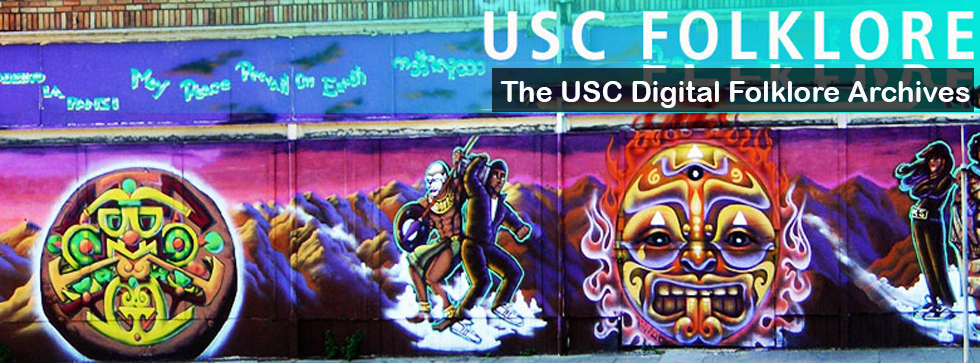Context
In Korea, young Koreans in their tweens and 20s tend to abbreviate long words like Iced Americano and Starbucks to “Ah ah” and “Supuck.” Those who do this tend to do so to show that they are young and keeping with the trends. Therefore, it is easy to tell who is trendy and in touch with Korean culture through the way they speak. Usually nouns are shortened.
Analysis
This phenomenon reminds me of similar things in popular culture in the U.S. as well. For example, a self proclaimed fan of Five Nights At Freddy’s or Identity V would be called out if they didn’t know what the abbreviated forms of the names were: FNAF and IDV respectively. In this way, dialect is able to draw a hard line between those within and outside of groups in the know.
